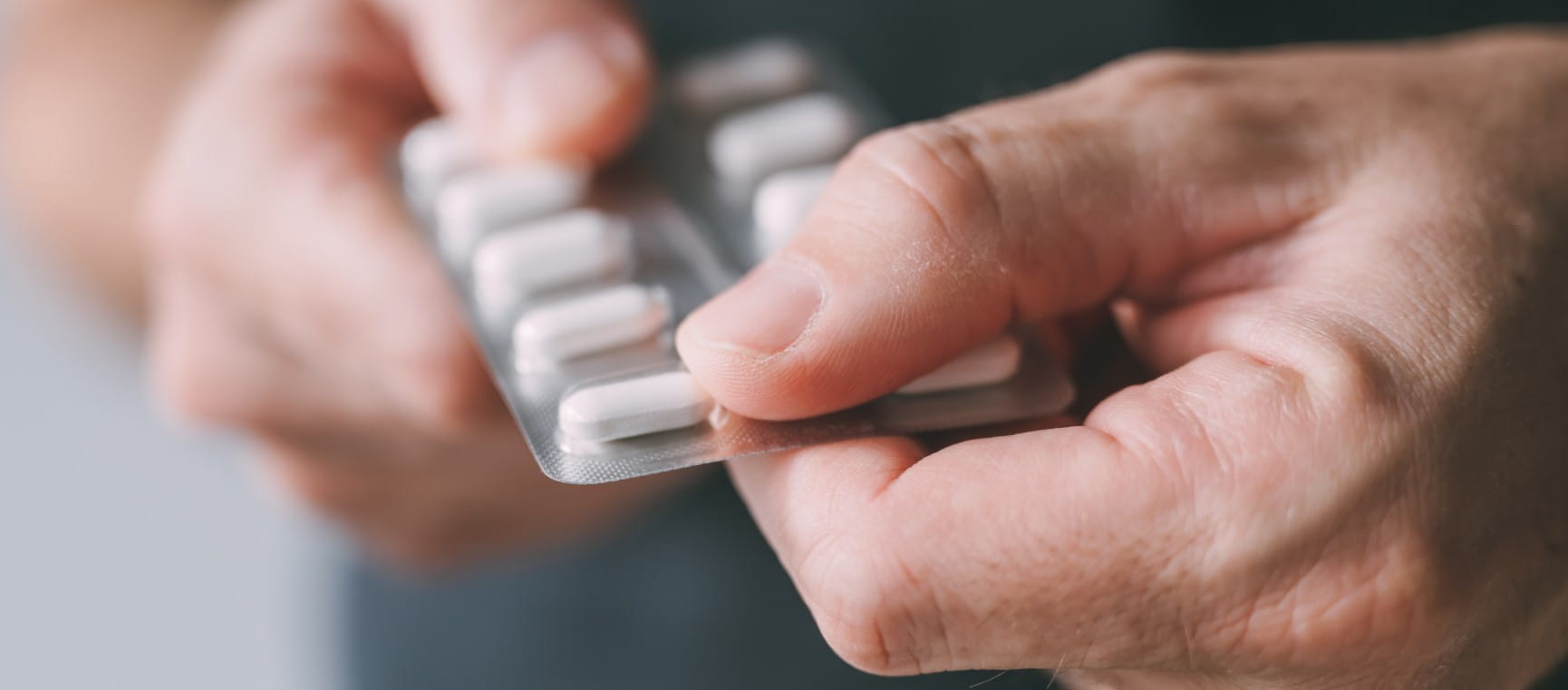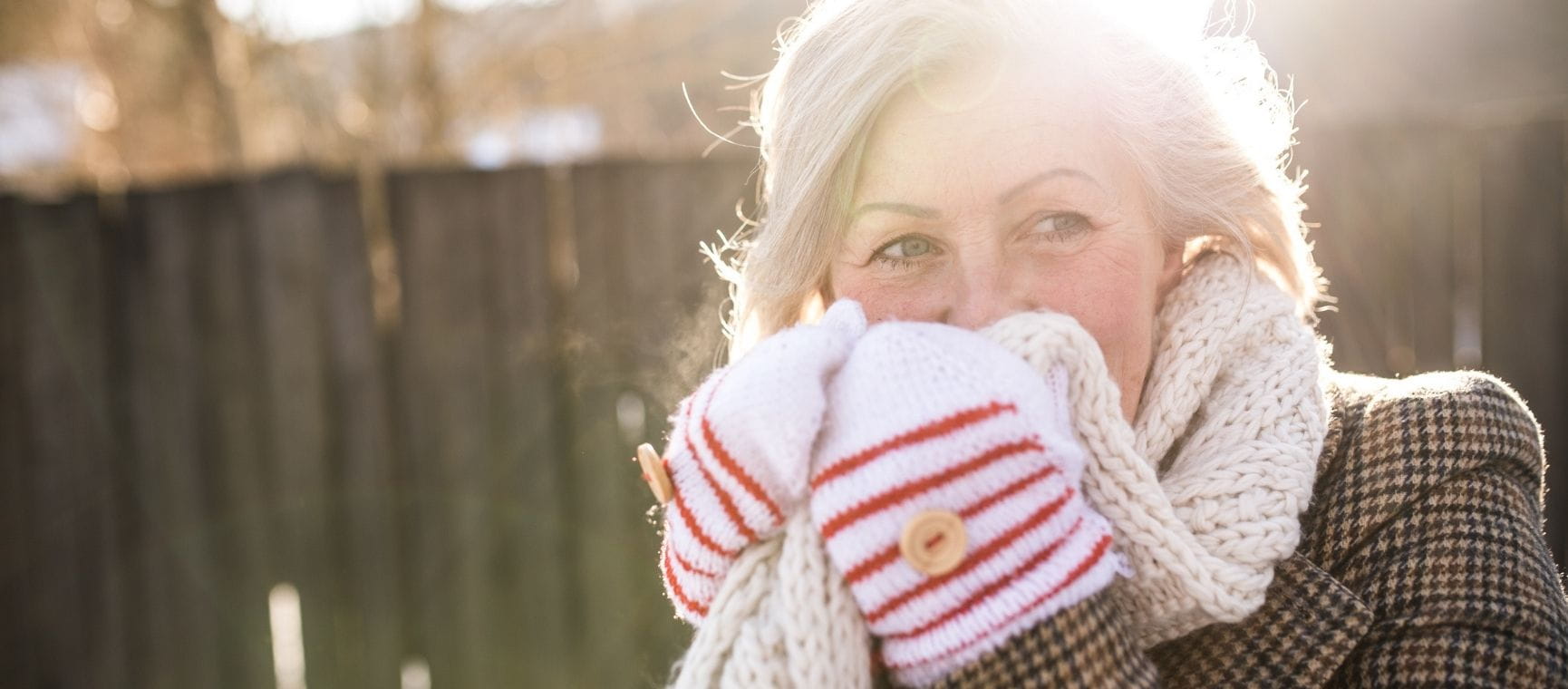
He has no Met Office training, but Ken Brown would make rather a good weatherman. The former nurse, from Stirling, swears he can feel it in his joints when the weather is about to turn.
‘As soon as the pressure drops, my joints start to twinge and if I wake up with them hurting, I can often predict it’s going to rain later,’ says Ken, 66, who has widespread osteoarthritis and gout.
Cold, damp weather at this time of year is especially hard on his knees, feet and hands. ‘My feet swell so badly that I have to wear wider shoes, and I’ve had to get coffee mugs with bigger handles because my fingers are so swollen I can’t hold an ordinary mug.’
Once it might have been dismissed as an old wives’ tale, but weather sensitivity – officially known as meteoropathy – is attracting growing amounts of research.
The most common ailments reportedly made worse by meteorological conditions include headaches, neck and shoulder pain, joint pain, lower back pain and pain from previous fractures or wounds.
Many sufferers say symptoms are exacerbated by cold, rain and low atmospheric pressure, though others point to warmth and high humidity as the biggest culprits.
.jpg?sc=max&mw=800&h=450&la=en&h=549&w=823&hash=C43356DA3236E7C278588A80952ABB15)
German scientists have long taken meteoropathy seriously. They observe that older people, women and people with chronic diseases are most likely to be affected.
You can even check how the day’s weather may affect your health via the ‘Biowetter’ (bio-weather) forecast that sits with the usual weather forecast in many German newspapers, and on websites and apps.
On the day we checked, for example, a Bavarian news site reported: "On Thursday and Friday, the weather conditions are particularly bad for asthmatics. Increased heating with wood and pellet stoves is leading to increased particulate matter pollution in the valleys. In the first half of the day, rheumatic complaints may occur and there is also a slight risk to the cardiovascular system."
Osteoarthritis, rheumatoid arthritis, fibromyalgia, gout and other rheumatic ailments are among the most studied complaints, with 62% to 97% of sufferers believing the weather influences their pain.
Scientists say this may be down to the effects of changes in air pressure on bones and soft tissues, especially at sites of previous injury. It’s thought that such alterations in pressure may cause tendons, muscles and scar tissue to expand and/or contract, which in turn triggers pain. Cold weather can also thicken the lubricating fluid inside the joints, causing them to feel stiffer.
Some research also suggests that the tissues around the joints become less flexible in the cold, making them more sensitive to stress from movement.
.jpg?sc=max&mw=800&h=450&la=en&h=551&w=823&hash=2D1E73BB164E4DFF9F88E31278C4D2AB)
Furthermore, a study from King’s College London reveals that a protein called TRPA1 acts as a sensor in nerve endings that reacts to cold, which may cause arthritic joints to become more sensitive to pain.
Other research reports that weather-sensitive people have higher levels of the stress-related adrenocorticotropic hormone, as well as lower levels of pain-lowering endorphins – meaning they will notice and react more to small changes in pain levels.
Despite this, not all experts are convinced.
The relationship between the weather and health has intrigued people for millennia right back to the time of Hippocrates," observes Dr Will Dixon, honorary consultant rheumatologist at Salford Royal Hospital and professor of digital epidemiology at the University of Manchester.
"The trouble is, weather changes daily, and the symptoms of long-term conditions like arthritis fluctuate day-to-day too, making it hard to untangle cause and effect."
To try a spot of disentangling, Dr Dixon devised a citizen science study, Cloudy with a Sense of Pain, funded by Versus Arthritis.
A total of 13,000 chronic pain sufferers across the UK logged their symptoms via an app, which linked these with real-time weather data obtained via smartphone tracking from the nearest of 154 Met Office weather stations.
Participants answered questions such as "How severe was your pain today?", "How stiff did you feel on waking this morning?" and "How much has your pain interfered with your activities today?"
They were also quizzed on their sleep quality, activity level, mood and wellbeing, and time spent outdoors.
.jpg?sc=max&mw=800&h=450&la=en&h=576&w=826&hash=C3585AD8492BF9708C1E46484D1E1D6F)
Dr Dixon and his team then analysed these reports – paying particular attention to how temperature, humidity, atmospheric pressure and wind speed were linked to reported pain.
They found that higher humidity, stronger winds and lower air pressure (associated with wind, clouds, rain and possible storms) were modestly, though still significantly, linked with higher levels of pain.
This finding persisted even when potential confounding factors, such as mood and physical activity, were included in the equation.
"Using patients’ own devices to gather data enabled us to get much closer to answering the question of the effect of weather on pain by allowing us to capture day-to-day fluctuations in both weather and symptoms," explains Dr Dixon.
Ken Brown, for one, feels that the research validates his experience, having had his concerns dismissed in the past. "Doctors used to brush me off, saying weather didn’t affect joint pain, but this study proves what I’ve been saying all along," he adds.
In winter, he uses heated pads to soothe his knees and cool gel gloves to calm swelling in his hands.
Migraine sufferers also think the weather can affect symptoms, says Steph Weatherley at The Migraine Trust.
"We often hear that weather changes are a migraine trigger but the type of weather that triggers an attack varies from person to person. It can be thunderstorms, hot or cold temperatures, and even sunnier days."
But whether this is directly due to the weather or something else is moot. "The 'migraine brain' prefers a regular routine and environment, and so stable weather conditions that are consistent and manageable, even when extreme, are better tolerated than sudden changes," she adds.
Sceptics observe that, despite considerable research, most studies have involved only small groups of participants over short periods of time. They also point out that pain is subjective, and that researchers have analysed results in so many ways it makes it hard to draw firm conclusions.
Chronic pain expert Professor Gary MacFarlane director of the Versus Arthritis and the Medical Research Council Centre for Musculoskeletal Health and Work, argues: "There is no strong link between the weather and pain and, while some studies may suggest a slight correlation, if there is an effect, it is very, very small."
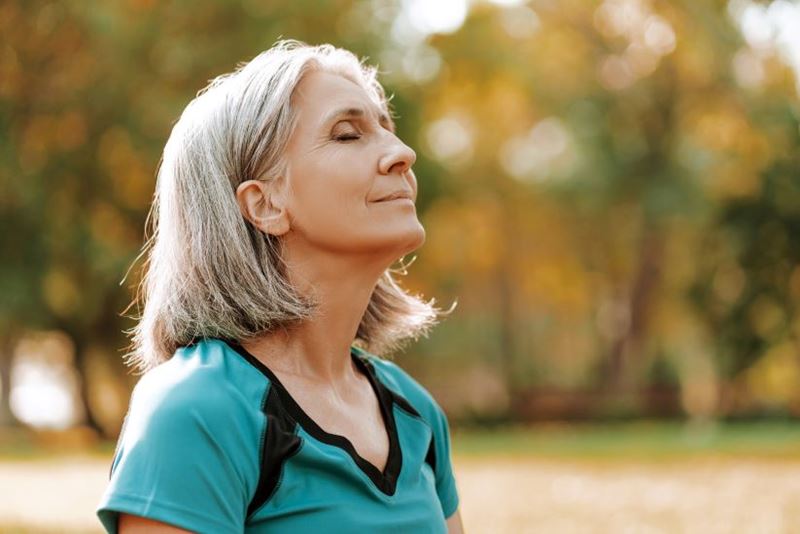
That’s not to say people don’t perceive more pain on cold winter and early spring days, believes Prof MacFarlane, who has conducted several research studies into the effects of weather on pain. However, he attributes this to factors other than simply the weather.
"On warm, sunny days, people are more likely to go outside, be physically active and interact socially – all things that promote joint health and reduce pain.
"By contrast, on colder, darker days, people tend to be less active, have poorer quality sleep and are more likely to feel low, which can intensify pain perception in the brain."
He adds: "Pain is not an inevitable result of bad weather and there are plenty of practical things you can do to help yourself.
"Staying active, even in small ways such as walking outdoors or meeting a friend for coffee, can help maintain a positive mood and reduce pain."
His advice is to focus less on the weather and more on finding ways to make the most of life despite pain.
Unlike in Germany, the UK Met Office is unlikely to include bio-weather advice in its forecasts any time soon, sadly (though it does provide an air quality and UV level report).
Perhaps the best thing we can do for our health instead – whatever the weather outside – is to embrace the Norwegian concept of friluftsliv (life outdoors) and its indoor Danish cousin hygge, roughly translated as cosiness.

Every issue of Saga Magazine is packed with inspirational real-life stories, exclusive celebrity interviews, brain-teasing puzzles and travel inspiration. Plus, expert advice on everything from health and finance to home improvements, to help you enjoy life to the full.

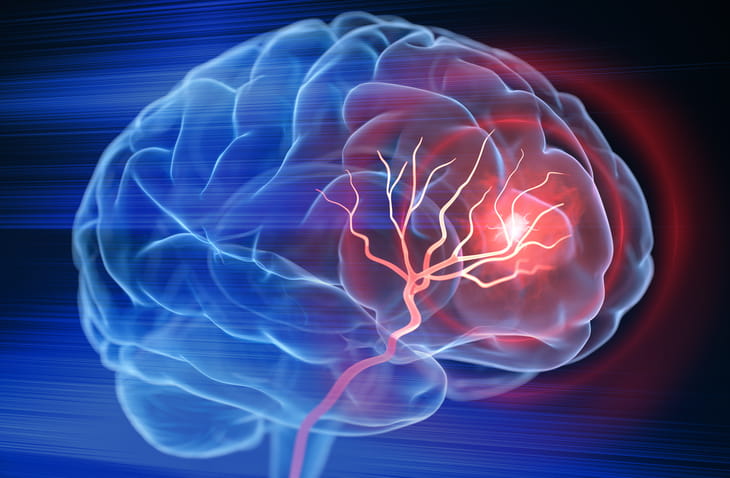
Facial weakness, a sudden headache and dizziness can all be signs of a stroke, we've got the facts from an expert.
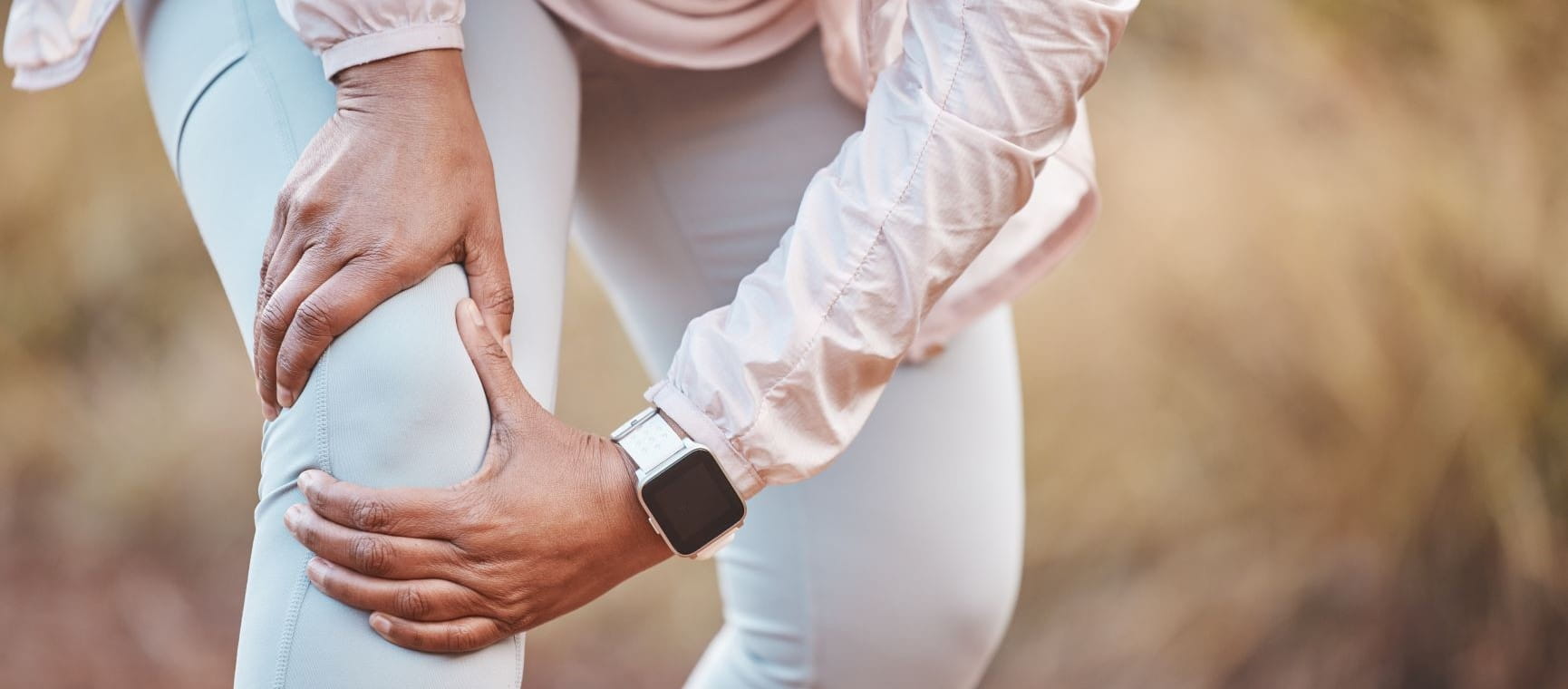
Knee pain is more common as we age: to help we've got the best advice from 3 leading experts with easy ways to make a difference.
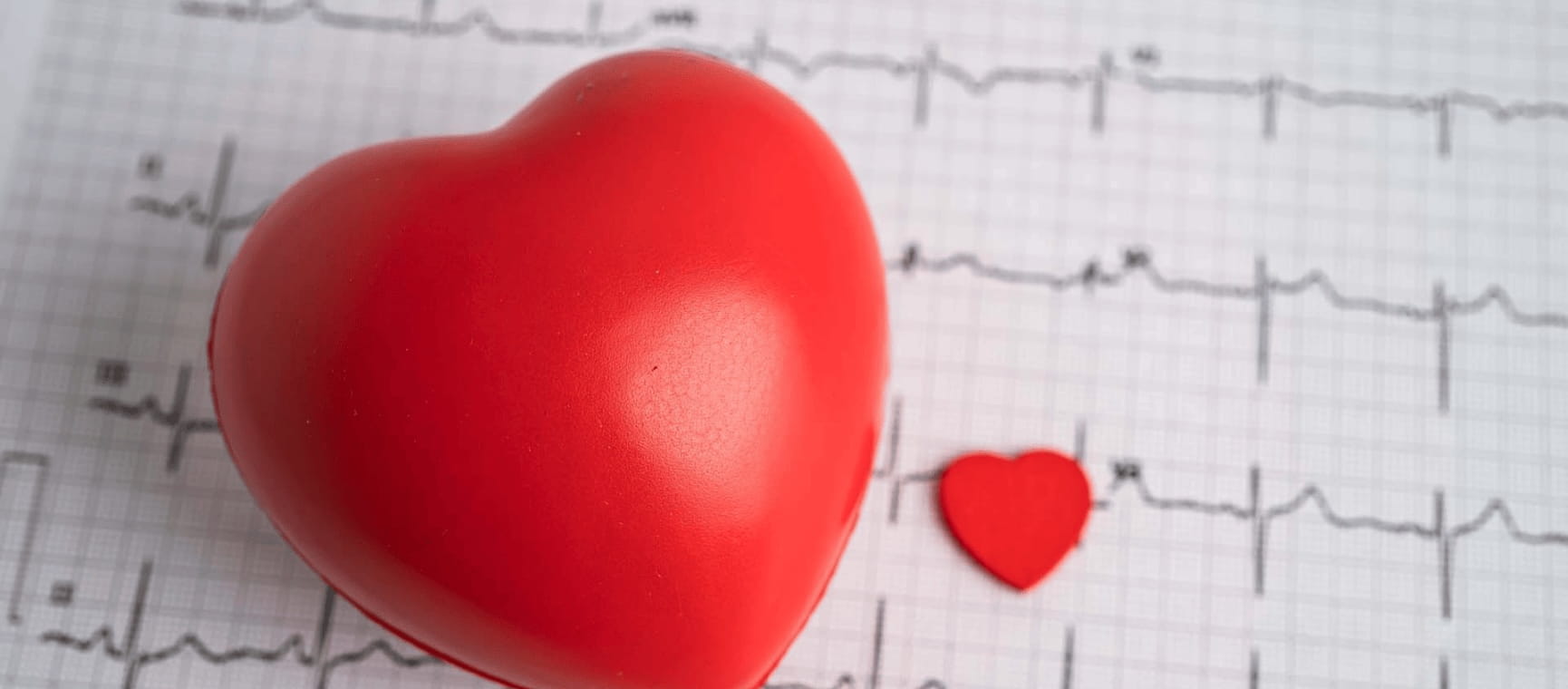
Do you know the symptoms of a heart attack? Here’s what to look out for, and how to prevent one.
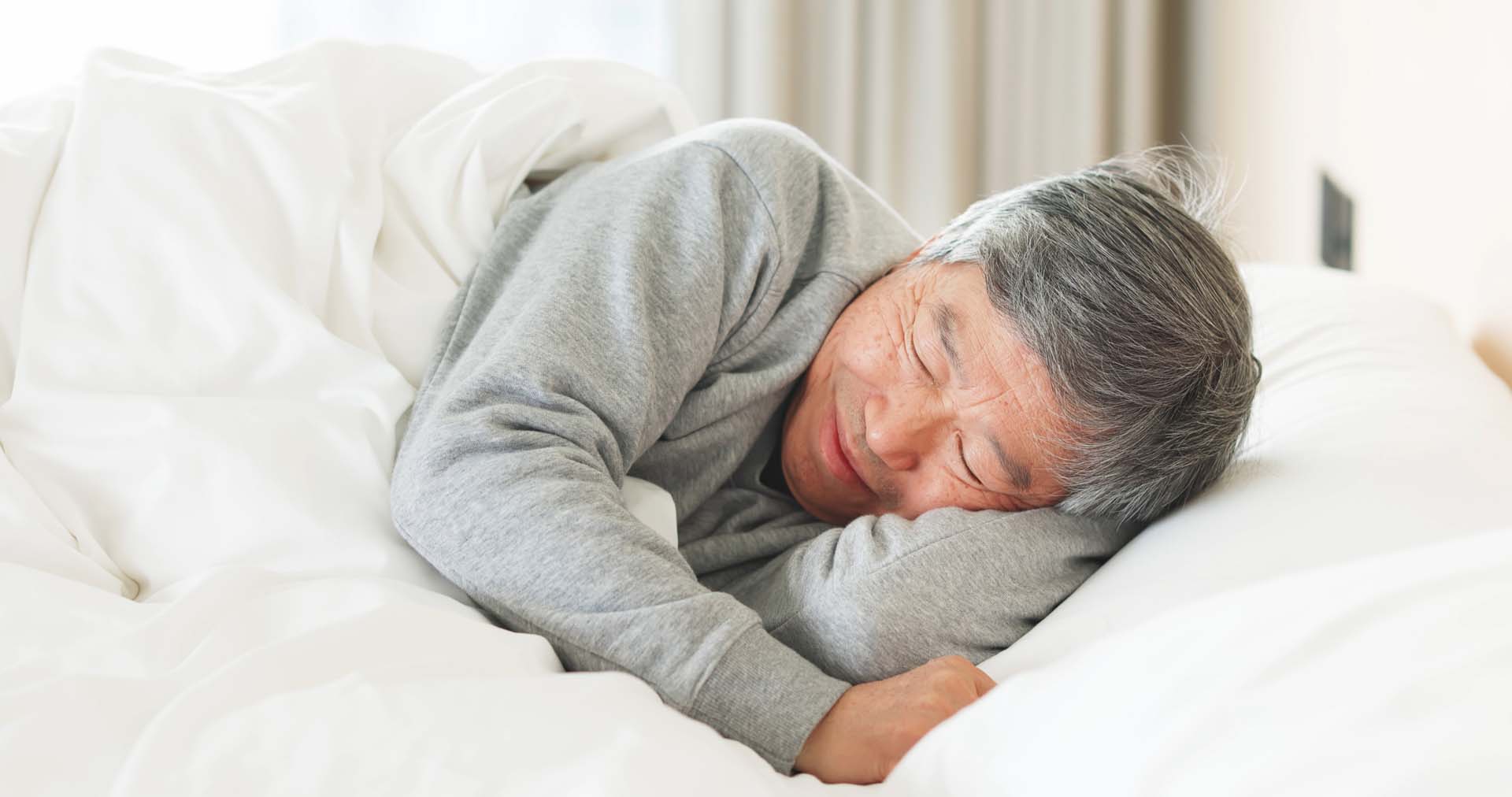
Front, back or side? Which sleeping position is best for you as you get older, and which ones you should avoid

